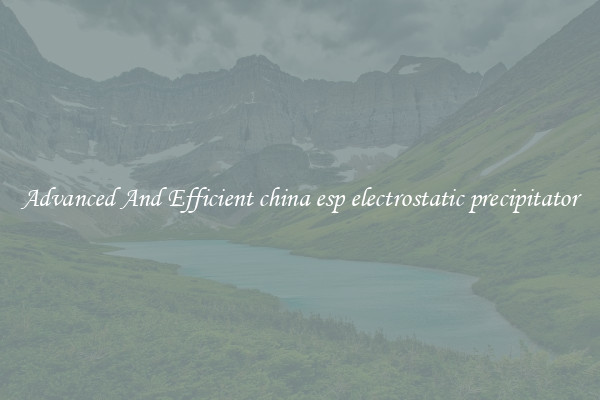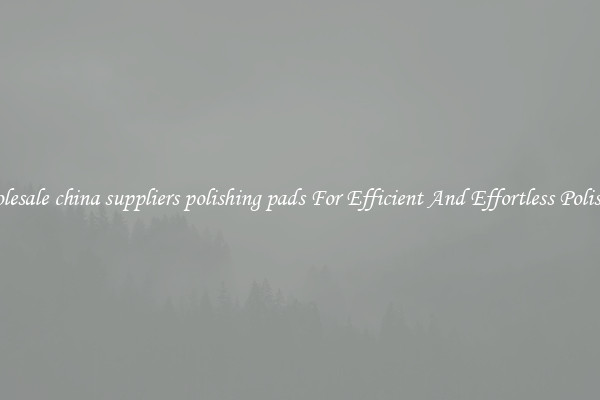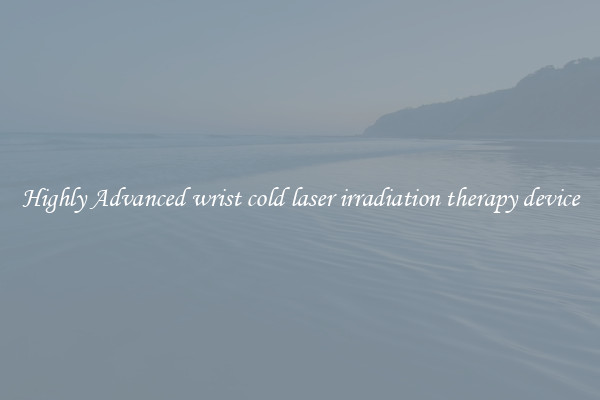Advanced And Efficient china esp electrostatic precipitator
China ESP (Electrostatic Precipitator): Advanced and Efficient

China has emerged as a global leader in developing advanced and efficient technologies, especially in the field of air pollution control. Among the various technologies being deployed, Electrostatic Precipitators (ESPs) have gained significant popularity due to their ability to effectively remove particulate matter from exhaust gases. China's advanced and efficient ESPs are setting new benchmarks in the industry and helping to mitigate air pollution, which has become a major concern worldwide.
ESPs are widely used in industries such as power generation, cement production, coal-fired boilers, and metallurgical plants to control particulate emissions. These devices use electrostatic forces to charge and capture particles, greatly reducing air pollution. The Chinese ESPs go beyond the conventional technologies by incorporating advanced features for enhanced efficiency and performance.
One crucial aspect that sets China's ESPs apart is the utilization of advanced corona discharge technology. This technology improves the charging efficiency of particles by generating corona discharge with high-energy electrons, resulting in better collection efficiency. By enhancing the charging process, China's ESPs can efficiently capture particulate matter of different sizes, including fine particles that are notorious for their harmful health effects.
Moreover, China's ESPs are equipped with advanced power supplies and control systems that enhance their overall performance. The power supplies are designed to deliver high voltage and current stability, which ensures optimal charging and collection efficiency. The control systems, on the other hand, provide real-time monitoring and adjustment of parameters, allowing for precise control and customization according to specific industrial requirements.
Additionally, China's ESPs feature innovative designs that optimize particle collection. These designs leverage advanced computational fluid dynamics (CFD) simulations to achieve efficient gas flow distribution and minimize pressure drop across the device. As a result, the ESPs operate with low energy consumption and provide extended service life, reducing long-term operational costs for industries.
To further enhance the environmental benefits, China's ESPs often incorporate secondary cleaning technologies. These technologies, such as fabric filters, scrubbers, and wet electrostatic precipitators, complement the primary ESPs by removing smaller particles and other pollutants that might escape the initial collection process. By combining multiple cleaning mechanisms, China's ESPs ensure superior air quality by achieving high removal efficiencies.
The advanced and efficient ESPs developed in China have been widely recognized for their exceptional performance and reliability. They not only meet international emission standards but also help industries meet and surpass often stringent local regulatory requirements imposed by the Chinese government. As a result, these ESPs have become a preferred choice for many industries globally, contributing to cleaner air and a healthier environment.
In conclusion, China's advanced and efficient ESPs have revolutionized the field of air pollution control. Through the utilization of advanced corona discharge technology, innovative designs, and secondary cleaning mechanisms, these ESPs deliver superior performance in capturing particulate matter. As air pollution continues to be a global concern, China's ESPs serve as a valuable solution in reducing emissions and protecting public health.

View details

View details

View details

View details








